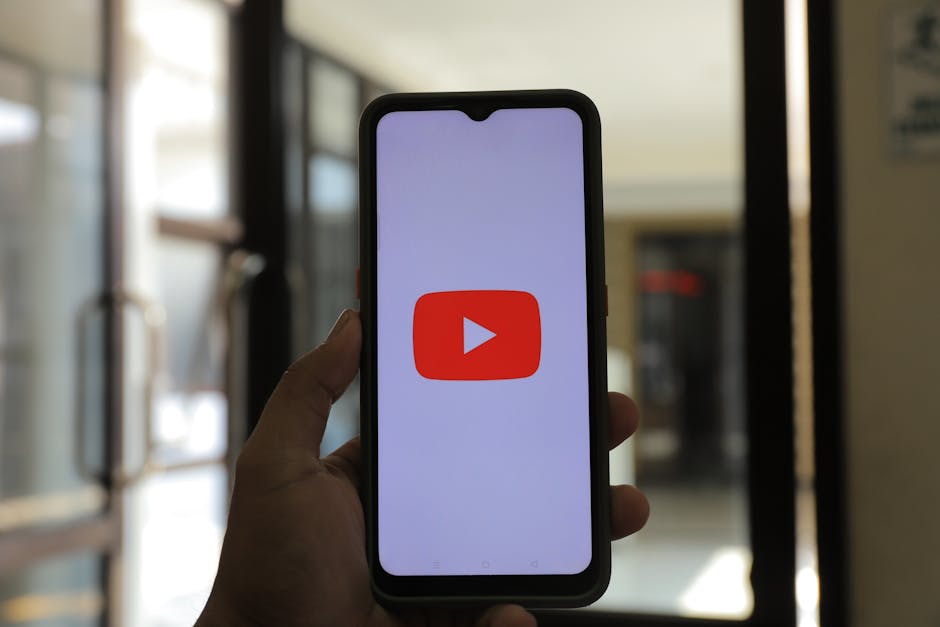The Role of Video Marketing in Increasing Brand Awareness
Video marketing has become a cornerstone for brands aiming to strengthen their presence and connect with audiences on a deeper level. As consumer behavior shifts toward visual content consumption, businesses recognize the potential of video to communicate messages more effectively than traditional methods. With platforms like YouTube, TikTok, and Instagram flourishing, brands now have unique opportunities to showcase their identity and offerings in an engaging, creative manner.

Beyond entertainment, videos serve as a powerful tool for storytelling, education, and driving emotional connections that stick with viewers long after they've clicked away.
Why Video Marketing Works
The effectiveness of video marketing lies in its ability to appeal to multiple senses simultaneously. Unlike static text or images, videos combine visuals, audio, and sometimes even text overlays to deliver a multi-dimensional message. This layered approach captures attention faster and holds it longer, making it easier for brands to convey complex ideas or evoke emotions.
Statistics back up this phenomenon. According to research from Wyzowl, 91% of businesses reported that video is an important part of their marketing strategy, with 87% stating it provides a positive return on investment (ROI). Videos are also highly shareable; users are twice as likely to share video content compared to other forms of media, amplifying brand reach organically.
Algorithms on social media platforms favor video content. For instance, Instagram prioritizes Reels in user feeds, while YouTube's algorithms reward watch time and engagement, both metrics boosted by well-crafted videos. These platform preferences mean video content is more likely to be seen by a broader audience compared to static posts.
Creating Emotional Connections Through Storytelling
One of the most impactful elements of video marketing is its capacity for storytelling. Humans are naturally drawn to stories; they provide context, evoke empathy, and make information memorable. Brands can leverage this by creating narratives that align with their values while resonating with their target audience.
A compelling example is Dove's "Real Beauty" campaign. Through emotionally charged videos featuring real women rather than models, Dove tackled societal beauty standards while promoting its products. The result was not just increased sales but also a stronger emotional bond with consumers who appreciated the brand's authenticity.
For smaller businesses or those without massive production budgets, storytelling doesn't have to be elaborate. Behind-the-scenes footage, customer testimonials, or simple how-to videos can also create meaningful connections when done sincerely.
The Role of Video in SEO
Search engine optimization (SEO) is another area where video marketing excels. Google prioritizes websites with diverse content formats, including videos. Embedding videos on landing pages or blogs not only improves user experience but also increases the time visitors spend on your site, a critical metric for search rankings.
YouTube serves as both a social media platform and the second-largest search engine globally. Optimizing video titles, descriptions, and tags with relevant keywords can significantly boost discoverability. This is especially beneficial for tutorials or explainer videos targeting specific search queries.
Additionally, adding captions or subtitles can make videos accessible to a wider audience while enhancing keyword usage, further improving SEO performance.
Types of Video Content That Drive Engagement
Not all video content serves the same purpose; different formats work better depending on the goals and audience demographics. Here are some popular types:
- Explainer Videos: Ideal for introducing new products or services in an easy-to-understand format.
- Tutorials: Showcasing how-to guides builds trust and positions the brand as an expert in its field.
- Testimonials: Featuring satisfied customers adds credibility and encourages conversions.
- Live Streams: Creating real-time interactions fosters community engagement and authenticity.
- Short-form Content: TikTok-style clips or Instagram Reels cater to audiences with shorter attention spans.
Experimenting with different formats can help identify what resonates most with your audience while keeping your strategy fresh and engaging.
The Impact of Analytics on Video Marketing Success
No marketing strategy is complete without analyzing its effectiveness, and video marketing offers robust analytics tools to track performance. Platforms like YouTube provide detailed insights into watch time, viewer demographics, and engagement metrics such as likes, shares, and comments.
This data allows marketers to refine their strategies continuously. For example, if viewers drop off halfway through a video consistently, it could indicate issues with pacing or relevance. Conversely, spikes in replays might highlight particularly engaging moments worth emphasizing in future campaigns.
Third-party tools like Vidyard or Wistia offer additional features such as heatmaps showing where viewers are most engaged or drop-off points, valuable information for fine-tuning content strategies.
Tapping into Emerging Trends
For instance, interactive videos allowing viewers to choose their storyline paths are gaining traction. Similarly, augmented reality (AR) and virtual reality (VR) technologies are opening up immersive possibilities for product demonstrations or virtual tours.
User-generated content (UGC) is another trend gaining momentum. Encouraging customers to create videos featuring your products not only reduces production costs but also lends authenticity that professionally produced ads might lack. Staying ahead of these trends ensures that brands remain relevant while leveraging innovative approaches to engage audiences effectively.
Video marketing has proven itself as an indispensable tool for building brand awareness across industries and demographics. Its ability to convey messages quickly while fostering emotional connections makes it uniquely effective compared to other forms of communication. With advancements in technology and analytics offering deeper insights into audience behavior, the potential for crafting impactful campaigns continues to grow exponentially.
The key lies in understanding your audience’s preferences and creating content that resonates deeply, whether through storytelling, tutorials, or interactive experiences. Prioritizing quality over quantity and staying attuned to emerging trends mean businesses can harness the full power of video marketing to strengthen their brand presence in meaningful ways.
